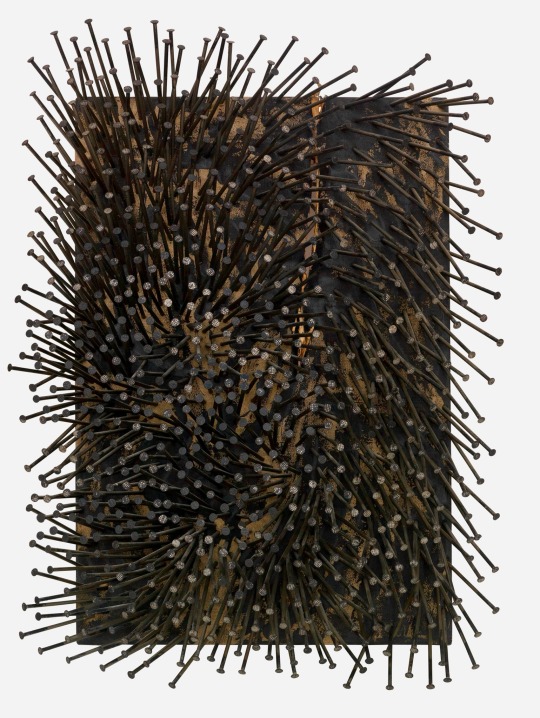#Ketterer Kunst
Photo
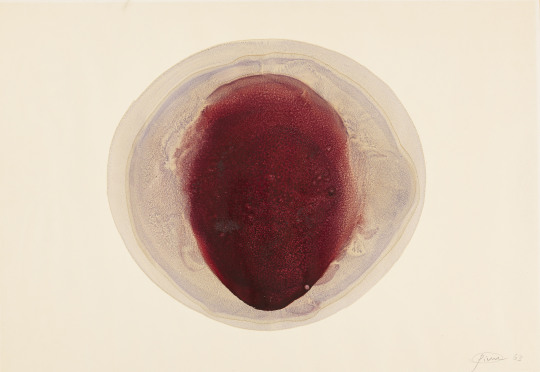
OTTO PIENE (German, 1928–2014)
Feuergouache / Fire Gouache, 1963
Gouache, pigment, fixative and fire on light board. 41 x 59 cm (16.1 x 23.2 in)
Ketterer Kunst, link
#otto piene#german art#abstract art#Zero group#german abstraction#abstract painting#art#mu art#mu#Ketterer Kunst#50 art#50 notes#100 art#100 notes#200 art#200 notes
270 notes
·
View notes
Text
Peter Pathé in Groteske, 1922

Peter Pathé in Groteske. Photo by Greiner. Costume design: Walter Schnackenberg. Published: 1922
view more on wordPress

Greiner :: Peter Pathé in Groteske. From a book of Schnackenberg's works, published in Munich in 1922 by Musarion. | src Ketterer Kunst
view more on wordPress
#dance pose#Walter Schnackenberg#peter pathe#tanzer#tanzpose#greiner#dance#Tanz#danse#danza#dansa#Peter Pathé#costume design#dance costume#tansii#danseur#1920s#costume designer#groteske#male dancer
74 notes
·
View notes
Text

Kurt Weinhold (1896-1965), Chimären (Chimeras), 1930, Oil on canvas, mounted on wood, 200x127.5cm. Via Ketterer Kunst.
2 notes
·
View notes
Photo
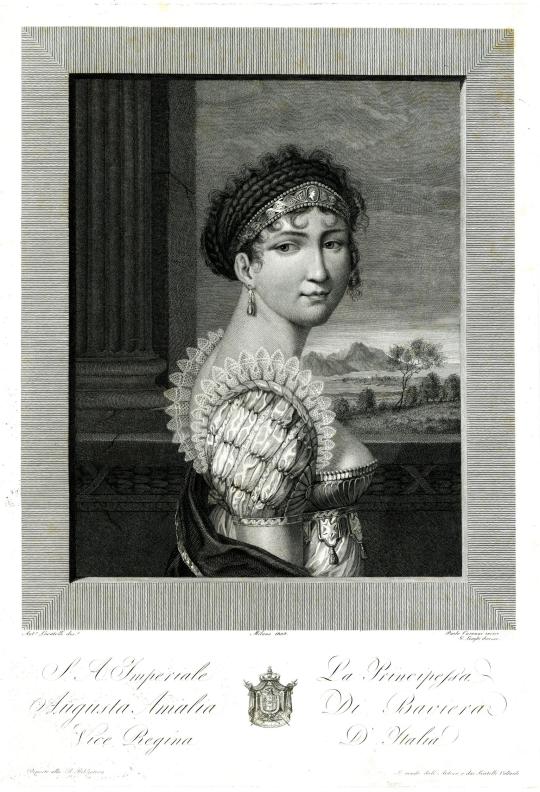
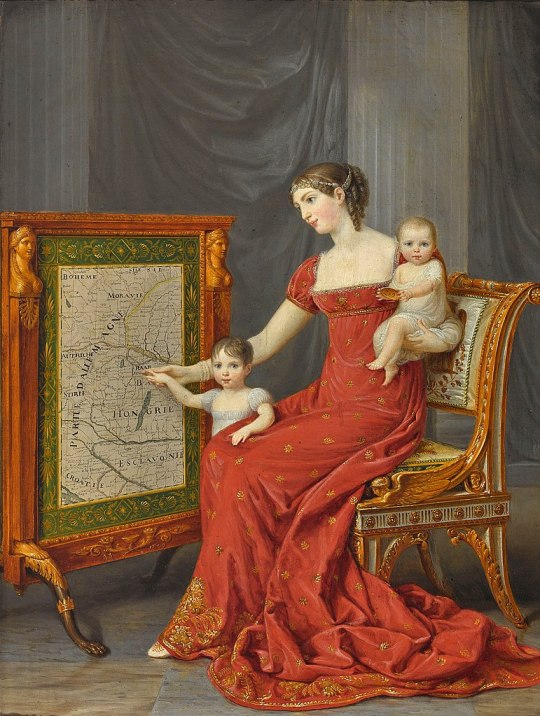
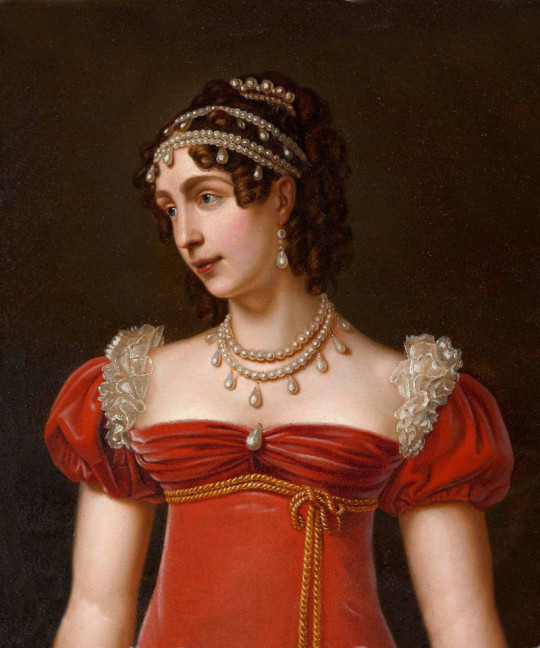



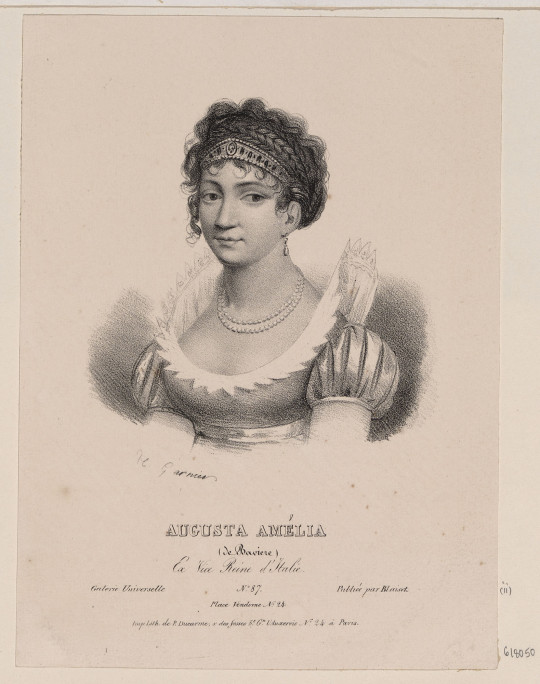


Augusta Amalia of Bavaria - She fell in love, but Napoléon intervened and she had to marry 1808 Empress Josephine’s son Eugéne to spare Bavaria from imperial wrath.
Top left: Augusta Amalia of Bavaria, bust length, wearing tiara with pearls, pearl earring, and low dress by Paolo Caronni and/or Giuseppe Longhi (British Museum). From their Web site 1705X2000 @300 2.1Mj.
Top right: 1809 Auguste Amalie de Beauharnais, Vizekönigin von Italien, mit ihren Töchtern Josephine und Eugenie by Andrea Appiani (location ?). From Wikimedia via pinterest.com/marcellagarsia/fashion-in-painting-xix-secolo/1800s/ 771X1023 @72 378kj.
Second row: 1810 Augusta Amalia Ludovika von Bayern, Duchess of Leuchtenberg by ? (location ?). From napoleondidthat.tumblr.com/post/122145342551/augusta-amalia 800X960 @72 270kj.
Third row left: 1814 Princess Augusta Amalia of Bavaria as a Vice-queen of Italy by ? (location ?). From csfd.cz/film/1010768-napoleons-erben-in-bayern-die-herzoge-von-leuchtenberg/galerie/?page=2 1268X1766 @144 4Mp.
Third row right: ca. 1815 Augusta-Amélie de Bavière by François Pascal Simon Gérard (Versailles). From art.rmngp.fr/en/library/artworks; erased cracks & spots w Pshop & enlarged 25% 609X936 @96 140kj.
Fourth row: ca. 1816 Auguste Amalie de Baviere by Joseph Karl Stieler (Château de Malmaison - Rueil-Malmaison, Île-de-France, France). From Wikinedia; erased cracks & flaws and fixed edges w Pshop 725X925 @72 1.3Mp.
Fifth row left: 1820 (or later) Augusta of Bavaria, Duchess of Leuchtenberg by Garnier (Royal Collection RCIN 618050), From their Web site 1579X2000 @300 956kj.
Fifth row right: 1824-1825 Auguste-Amélie de Bavière by Joseph Karl Stieler (Châteaux de Malmaison et Bois-Préau - Rueil-Malmaison, Île-de-France, France). From Wikimedia 1006X1254 @72 260kj.
Sixth row: ca. 1825 Auguste Amalie, Princess of Bayern by Joseph Karl Stieler (auctioned by Ketterer Kunst) From pinterest.com/AlexyMet/ritratti-aristocratici-eleganti/; fixed flaws and spots throughout image with Photoshop. 3003X4002 @300 4.1Mj. This dress is more in keeping with the 1830s than the 1820s.
#Empire fashion#French restoration era fashion#1800s fashion#1810s fashion#1820s fashion#1830s fashion#Augusta Amalia of Bavaria#curly hair#tiara#square décolletage#neckline ruff#Empire waistline#close skirt#quarter length close sleeves#Paolo Caronni#Andrea Appiani#Giuseppe Longhi#square neckline#hair jewelry#waist band#François Pascal Simon Gérard#Joseph Karl Stieler#feathered hat#high neckline#slashing#long sleeves#Garnier#scoop neckline#turban#robes
41 notes
·
View notes
Text
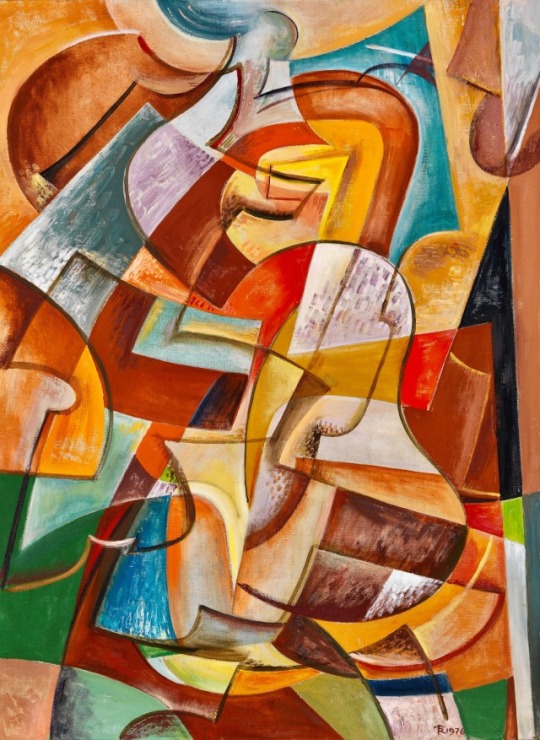
THOMAS RING
Untitled, 1976.
Oil on canvas
Ketterer and Kunst
(via)
3 notes
·
View notes
Text
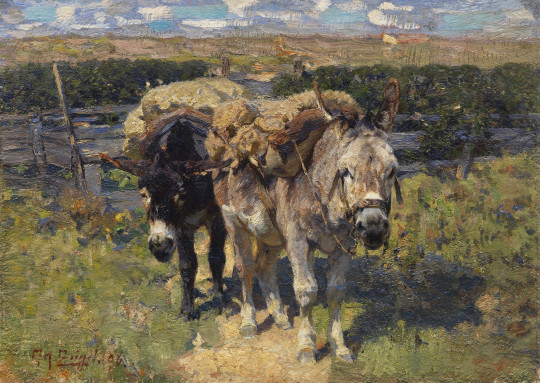
Heinrich von Zügel - Two Donkeys [1896]
Heinrich Johann von Zügel (Murrhardt, October 22, 1850 - Munich, January 30, 1941) was a German painter who specialised in pictures of farm and domestic animals, often posed with a human in a dramatic or humorous situation.
[Ketterer Kunst, Munich - Oil on canvas, 63 x 45 cm]
1 note
·
View note
Text
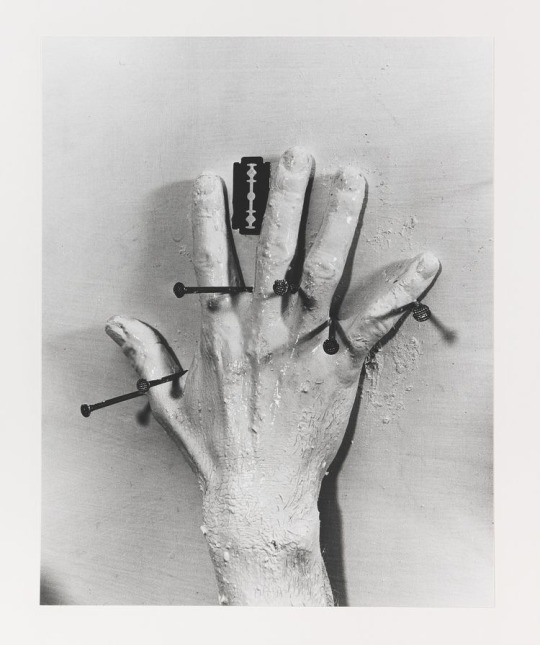
By Ketter Kunst
#photographer#professional photography#photography#artists#not my work#not my art#not my photo#black and white photography#unusual artists#aesthetic#grunge aesthetic
3 notes
·
View notes
Text
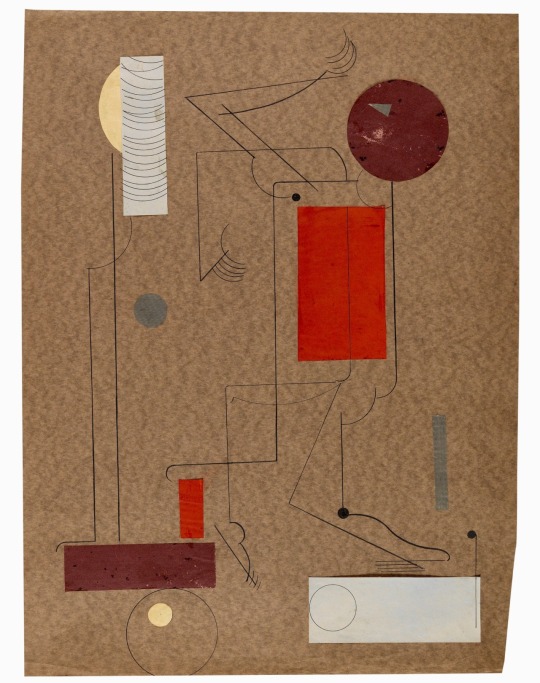
THOMAS RING Untitled, Around 1925. Pen and India ink drawing Ketterer and Kunst
0 notes
Text
0 notes
Text
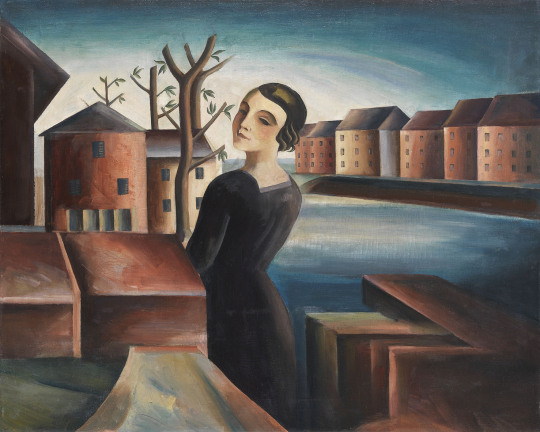
Albert Müller (Swiss, 1897-1926)
Frau in Flußlandschaft, 1925
Oil on canvas
Ketterer Kunst, link
#Albert Müller#swiss art#Albert Muller#albert mueller#expressionism#art#portrait#mu art#mu#Ketterer Kunst
3 notes
·
View notes
Text
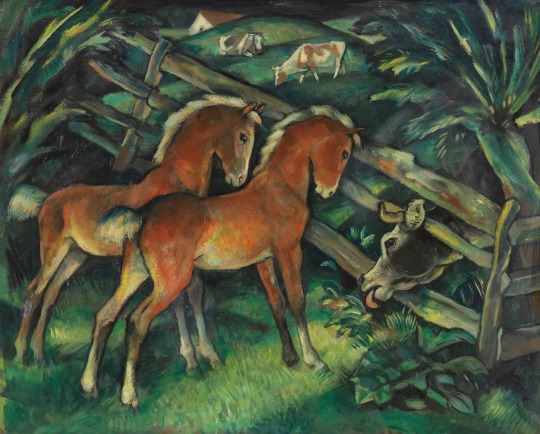
HAROLD BENGEN
Two foals and cows in the pasture, 1921.
Oil on cardboard
Ketterer and Kunst
2K notes
·
View notes
Text
youtube
Watch the 2024 American Climate Leadership Awards for High School Students now: https://youtu.be/5C-bb9PoRLc
The recording is now available on ecoAmerica's YouTube channel for viewers to be inspired by student climate leaders! Join Aishah-Nyeta Brown & Jerome Foster II and be inspired by student climate leaders as we recognize the High School Student finalists. Watch now to find out which student received the $25,000 grand prize and top recognition!
#ACLA24#ACLA24HighSchoolStudents#youtube#youtube video#climate leaders#climate solutions#climate action#climate and environment#climate#climate change#climate and health#climate blog#climate justice#climate news#weather and climate#environmental news#environment#environmental awareness#environment and health#environmental#environmental issues#environmental education#environmental justice#environmental protection#environmental health#high school students#high school#youth#youth of america#school
17K notes
·
View notes
Text
Fritz Kreidt was a German postwar and contemporary painter who was born in 1936. He died March 27, 2020. [Ketterer Kunst, Vienna - Oil on canvas, 130 x 170 cm]

0 notes
Text

Otto Dix (1891-1969), Liebespaar (Lovers), 1928, Watercolor and pencil, 31.5 x 45.1 cm. Via Ketterer Kunst.
1 note
·
View note
Photo
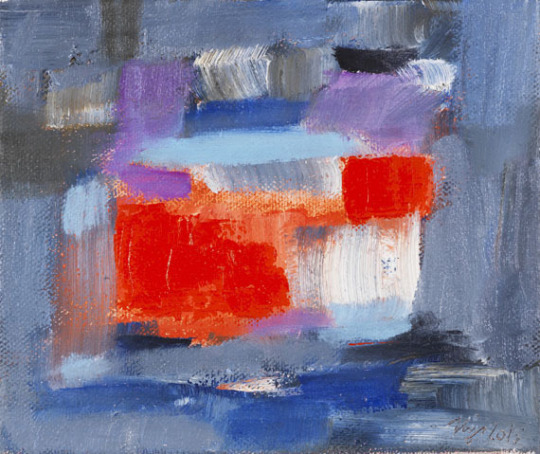
Check out Nikolaus Hipp, Ohne Titel (2015), From Ketterer Kunst
0 notes
Text
Medieval Updates Mystik unterwegs. 'Theologia mystica' und 'revelationes' in kartäusischen Händen, eds. Marieke Abram, Susanne Bernhardt, Gilbert Fournier, Balazs J. N Emes. (Peeters Publishers, August 2022), Carthusians, Nicholas of Cusa (German, 1401–1464), Christa Zaat Otto Modersohn (German, 1865-1943), Sommerliche Wümmewiesen, 1911, Ketterer Kunst
Medieval Updates Mystik unterwegs. 'Theologia mystica' und 'revelationes' in kartäusischen Händen, eds. Marieke Abram, Susanne Bernhardt, Gilbert Fournier, Balazs J. N Emes. (Peeters Publishers, August 2022), Carthusians, Nicholas of Cusa (German, 1401–1464), Christa Zaat Otto Modersohn (German, 1865-1943), Sommerliche Wümmewiesen, 1911, Ketterer Kunst
https://blog.naver.com/artnouveau19/222839484018
https://www.facebook.com/MedievalUpdates/photos/a.591557077633605/5099005350222066
https://www.peeters-leuven.be/detail.php?search_key=9789042949485
https://en.wikipedia.org/wiki/Carthusians
https://en.wikipedia.org/wiki/Nicholas_of_Cusa
https://www.facebook.com/photo/?fbid=10159215123242151&set=a.10157934013882151
Medieval Updates
Mystik unterwegs. 'Theologia mystica' und 'revelationes' in kartäusischen Händen, eds. Marieke Abram, Susanne Bernhardt, Gilbert Fournier, Balazs J. N Emes. (Peeters Publishers, August 2022)
https://www.peeters-leuven.be/detail.php?search_key=9789042949485
https://www.facebook.com/MedievalUpdates/photos/a.591557077633605/5099005350222066
Die Beiträge des vorliegenden Bandes eint das Interesse am Thema 'Kartäuser und Mystik', das exemplarisch und vor einem breiten europäischen Horizont behandelt wird. Sie alle verbindet ein dezidiert historischer Zugang zum gewählten Thema, der mit einer Fokussierung auf diejenigen kartäusischen Kontexte einhergeht, die sich als Knotenpunkte der Produktion, Rezeption und Distribution von mystischen Texten erwiesen haben. Gemeinsam ist ihnen außerdem die Frage, wie sich mystische Interessenschwerpunkte in einzelnen Kartausen bzw. bei einzelnen Kartäusern herausbilden und beschreiben lassen, wobei der zeitliche Schwerpunkt - sieht man von je einem Abstecher ins Hochmittelalter und in die Neuzeit einmal ab - auf dem Spätmittelalter liegt. Nachgezeichnet wird demnach, wie Mystik im Kartäuserorden 'unterwegs' war. Doch nicht nur das: Mehrere Beiträge sind selbst unterwegs zu einer Definition von Mystik, jedenfalls reflektieren sie die (forschungs-)geschichtlichen Hintergründe des Begriffes und seinen heuristischen Nutzen für die Konstituierung eines speziellen Corpus von Texten.
https://www.peeters-leuven.be/detail.php?search_key=9789042949485
Mystik unterwegs
'Theologia mystica' und 'revelationes' in kartäusischen Händen
SERIES:
Studia Cartusiana, 7
EDITORS:
Abram M., Bernhardt S., Fournier G., Nemes B.J.
CONTENTS:
Einleitung -- Marieke Abram, Susanne Bernhardt, Gilbert Fournier, Balazs J. N Emes
I. Mystische Texte in kartäusischen Rezeptionszusammenhängen
Lektürezeichen und Rezeptionsspuren in ,The Book of Margery Kempe'. Ein mystischer Vitentext in den Händen englischsprachiger Kartäuser -- Simone Kogeler-Race
Reading Mystics, Building Saints. Impact and Reception of Carthusian Holy Women Within the Order -- Sergi Sancho Fibla
Mystagogisierung und Implementierung des ,Nonwenwerks' im exemplar des Nürnberger Kartäusers Erhart Groß -- Stefan Abel
II. Mystische Texte in kartäusischen Sammlungszusammenhängen
Katalogisierte kartäusische Spiritualität. (An)Ordnungen mystischen und visionären Schrifttums in den Bibliothekskatalogen süddeutscher Kartausen -- Sebastian Holtzhauer
Les manuscrits de Ja bibliotheque de Ja chartreuse d'Utrecht au XVe siecle. Mystique, affect et images -- Ingrid Falque
Die Mystik in der Nussschale. Rezeption und Einordnung des ,Buchs von geistlicher Armut' in der Bibliothek der Erfurter Kartause -- Jonas Hermann
III. Mystische Texte in kartäusischen Lehrzusammenhängen
Die umstrittenen dionysischen Quellen im Briefwechsel zwischen Bernhard von Clairvaux und Guigo I. dem Kartäuser -- Myrtha de Meo-Ehlert
Ruusbroec Through the Looking Glass. Henry of Coesfeld's Devotional Theology and Its Influence on Nicholas of Cusa -- Tom Gaens
Des trois connaissances theologiqt1es aux trois sagesses selon Hugues de Balma, Guigues du Pont et Denys le Chartreux. Etapes d'une epistemologie cartusienne de la theologie -- Christian Trottmann
Carthusians
The Carthusians, also known as the Order of Carthusians (Latin: Ordo Cartusiensis), are a Latin enclosed religious order of the Catholic Church. The order was founded by Bruno of Cologne in 1084 and includes both monks and nuns. The order has its own rule, called the Statutes, and their life combines both eremitical and cenobitic monasticism. The motto of the Carthusians is Stat crux dum volvitur orbis, Latin for "The Cross is steady while the world turns."[3] The Carthusians retain a unique form of liturgy known as the Carthusian Rite.
The name Carthusian is derived from the Chartreuse Mountains in the French Prealps: Bruno built his first hermitage in a valley of these mountains. These names were adapted to the English charterhouse, meaning a Carthusian monastery.[a] Today, there are 23 charterhouses, 18 for monks and 5 for nuns. The alcoholic cordial Chartreuse has been produced by the monks of Grande Chartreuse since 1737, which gave rise to the name of the color, though the liqueur is in fact produced not only as green chartreuse, but also as yellow chartreuse.
In Italy the Carthusians are known as Certosini and their monastery as a Certosa.
https://en.wikipedia.org/wiki/Carthusians
Nicholas of Cusa
Nicholas of Cusa (1401 – 11 August 1464), also referred to as Nicholas of Kues and Nicolaus Cusanus (/kjuːˈseɪnəs/), was a German philosopher, theologian, Catholic cleric, jurist, mathematician, and astronomer. One of the first German proponents of Renaissance humanism, he made spiritual and political contributions in European history. A notable example of this is his mystical or spiritual writings on "learned ignorance," as well as his participation in power struggles between Rome and the German states of the Holy Roman Empire.
As papal legate to Germany from 1446, he was appointed cardinal for his merits by Pope Nicholas V in 1448 and Prince–Bishop of Brixen two years later. In 1459, he became vicar general in the Papal States.
Nicholas has remained an influential figure. In 2001, the sixth centennial of his birth was celebrated on four continents and commemorated by publications on his life and work.
https://en.wikipedia.org/wiki/Nicholas_of_Cusa
Christa Zaat added a new photo to the album: It's all about: Landscapes (2)!
Otto Modersohn (German painter) 1865 - 1943
Sommerliche Wümmewiesen, 1911
oil on cardboard, laminated on panel
40.4 x 57.3 cm. (15.9 x 22.5 in.)
signed in lower left, lower right dated "V II." (May 1911), verso with a label of the Otto-Modersohn-Nachlass-Museums, Fischerhude, there titled "Wümmewiesen mit Bach", with the confirmation of the son Christian Modersohn and with the estate stamp
private collection
© photo Ketterer Kunst
Catalogue Note Ketterer Kunst
• Airy landscape expressing a summery freshness
• Unusually bright and sunny color atmosphere
• Made near Fischerhude, where Modersohn gained new vitality after marrying Louise Breling in 1909.
We are grateful to Mr Rainer Noeres, Otto-Modersohn-Museum, Fischerhude, for his kind expert advice.
* * *
The Modersohn family moved from Soest to Münster in 1884, where Otto discovered his interest in art while still at high school. After graduating from school he went to the Akademie in Düsseldorf, but he did not agree with the teaching methods here. After a short stay in Munich Otto Modersohn hoped to find artistic inspiration at the Akademie in Karlsruhe, but was once again disappointed. A summer trip through northern Germany together with Mackensen in 1888, however, inspired Modersohn to a series of small paintings, one of the first highlights in his early years. Another joint trip with Mackensen to Worpswede in 1889 resulted in Modersohn's decision to stay in the artist colony. Modersohn soon began to disagree with his friends' ideas. He wrote "Quiet, quiet grandness is my true goal" and he would rather "say much with very little [...]". He sent eight works to the first group exhibition of the Worpswede artists at the Kunsthalle in Bremen in 1895. The reactions to the exhibition varied, but the following participation in the international Glaspalast exhibition in Munich was to be a great success for Modersohn. Paula Becker, who married Modersohn in 1901, visited Worpswede for the first time in 1897. At this time the painter was considering leaving the colony. The following period is determined by numerous trips and various sojourns in Germany and France, mostly undertaken together with his wife. The Modersohns returned to Worpswede in the spring of 1907, where Paula died in November after giving birth to a daughter. Modersohn moved to Fischerhude, where "a new time began" for him in 1908. The artist studied nature in this rural surrounding and always returned here even after repeated visits in Worpswede and Berlin in 1917. "Simplicity, reduction of form and colour is one of the main goals" of his art in the 1920s. Important sources of inspiration were Holland and the Allgäu, where he bought a house in 1930. When the painter turned blind on one eye he abandoned his trips to the Allgäu and spent his time painting in his Fischerhude studio. Otto Modersohn died seven years later after a surprising, short illness.
Source: Ketterer Kunst
https://www.facebook.com/photo/?fbid=10159215123242151&set=a.10157934013882151
1 note
·
View note
Text
youtube
Watch the American Climate Leadership Awards 2024 now: https://youtu.be/bWiW4Rp8vF0?feature=shared
The American Climate Leadership Awards 2024 broadcast recording is now available on ecoAmerica's YouTube channel for viewers to be inspired by active climate leaders. Watch to find out which finalist received the $50,000 grand prize! Hosted by Vanessa Hauc and featuring Bill McKibben and Katharine Hayhoe!
#ACLA24#ACLA24Leaders#youtube#youtube video#climate leaders#climate solutions#climate action#climate and environment#climate#climate change#climate and health#climate blog#climate justice#climate news#weather and climate#environmental news#environment#environmental awareness#environment and health#environmental#environmental issues#environmental justice#environment protection#environmental health#Youtube
17K notes
·
View notes
